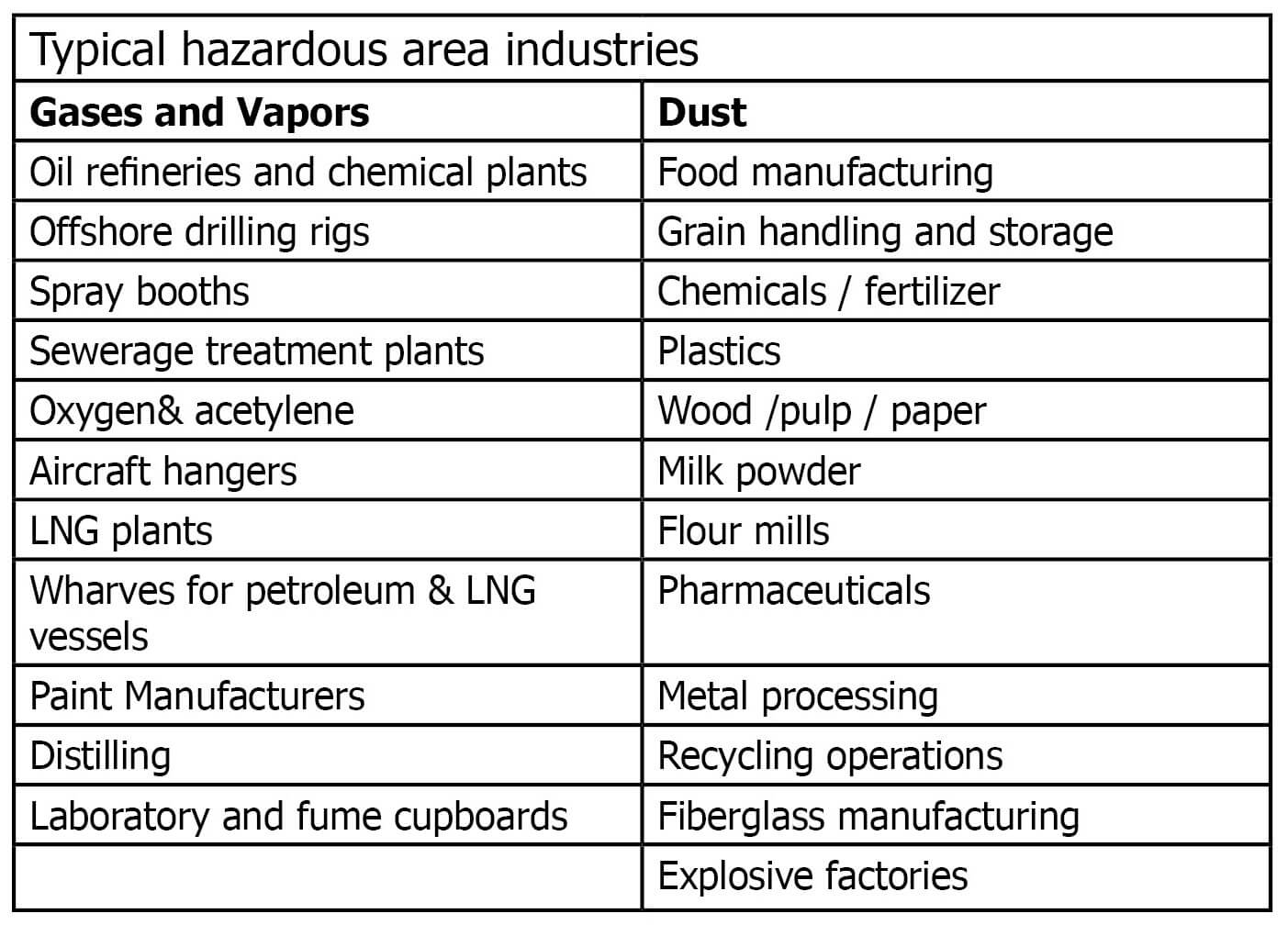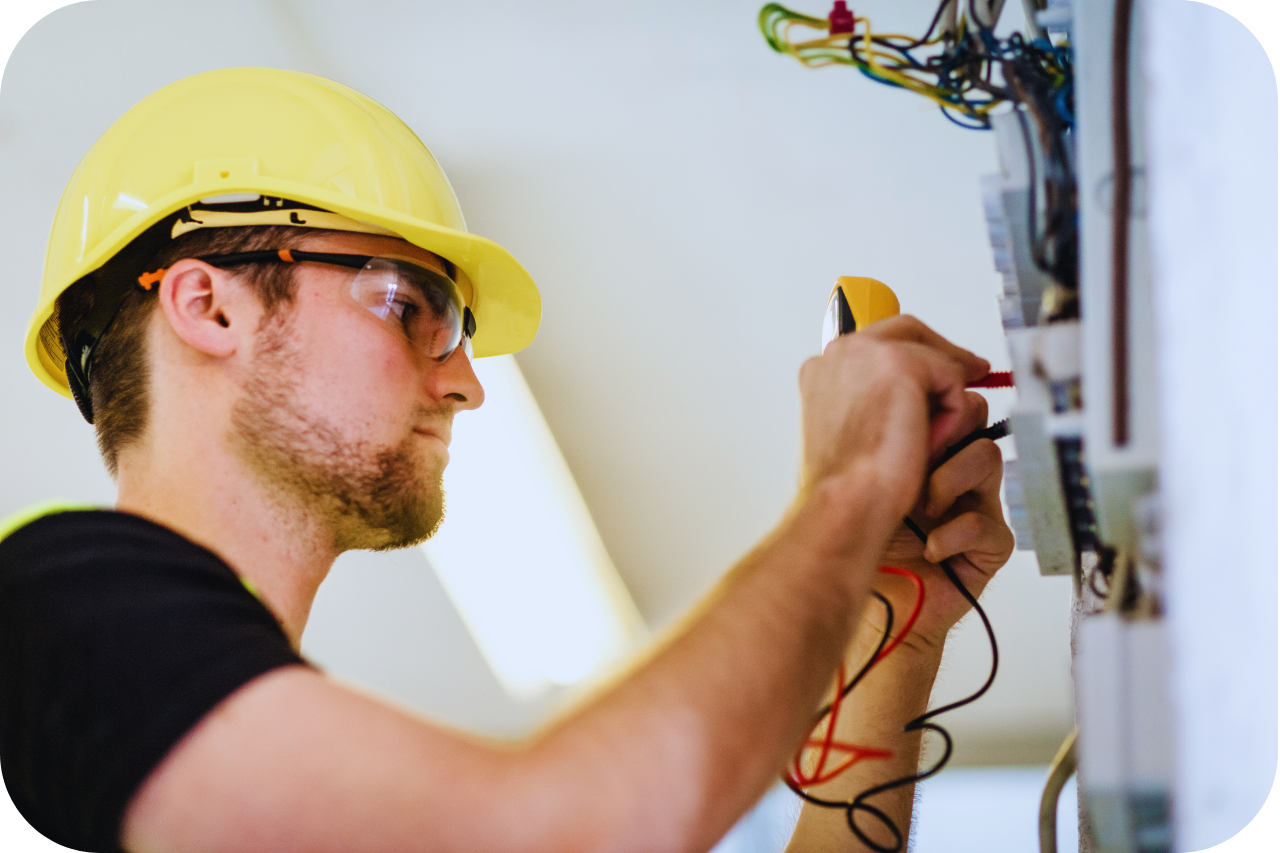Not known Factual Statements About Roar Solutions
Not known Factual Statements About Roar Solutions
Blog Article
Roar Solutions Can Be Fun For Everyone
Table of ContentsThe Best Strategy To Use For Roar SolutionsSome Known Factual Statements About Roar Solutions Not known Incorrect Statements About Roar Solutions
In order to protect setups from a prospective surge a method of evaluating and identifying a potentially hazardous location is needed. The function of this is to guarantee the appropriate option and installation of equipment to eventually avoid an explosion and to make certain security of life.
(https://www.giantbomb.com/profile/roarsolutions/)
No tools needs to be mounted where the surface temperature of the equipment is higher than the ignition temperature of the provided threat. Below are some usual dust harmful and their minimum ignition temperature level. Coal Dust 380C 225C Polythene 420C (thaws) Methyl Cellulose 420C 320C Starch 460C 435C Flour 490C 340C Sugar 490C 460C Grain Dust 510C 300C Phenolic Resin 530C > 450C Aluminium 590C > 450C PVC 700C > 450C Soot 810C 570C The possibility of the danger being existing in a concentration high adequate to trigger an ignition will certainly vary from location to location.
In order to categorize this danger an installation is split into areas of danger depending upon the quantity of time the hazardous is existing. These areas are described as Zones. For gases and vapours and dirts and fibres there are three areas. Zone 0 Zone 20 An unsafe ambience is extremely likely to be present and may exist for long durations of time (> 1000 hours per year) or perhaps continually Zone 1 Zone 21 A hazardous atmosphere is possible but unlikely to be present for long durations of time (> 10 450 C [842 F] A classification of T6 indicates the minimal ignition temperature level is > 85 C [185 F] Hazardous location electrical equipment perhaps designed for usage in higher ambient temperatures. This would indicated on the ranking plate e.g. EExe II C T3 Ta + 60C( This means at 60C ambient T3 will certainly not be gone beyond) T1 T1, T2, T3, T4, T5, T6 T2 T2, T3, T4, T5, T6 T3 T3, T4, T5, T6 T4 T4, T5, T6 T5 T5, T6 T6 T6 A T Course rating of T1 implies the maximum surface area temperature level generated by the instrument at 40 C is 450 C. Assuming the linked T Course and Temperature score for the tools are appropriate for the location, you can always make use of an instrument with an extra rigid Department score than needed for the location. There isn't a clear solution to this question. It really does rely on the sort of devices and what fixings require to be performed. Devices with particular test treatments that can not be executed in the field in order to achieve/maintain 3rd party ranking. Need to come back to the factory if it is before the equipment's solution. Area Repair By Authorised Worker: Complicated screening might not be required however particular procedures might require to be complied with in order for the devices to keep its third party rating. Authorized personnel must be used to perform the job appropriately Repair need to be a like for like substitute. New element need to be taken into consideration as a direct substitute requiring no special screening of the tools after the repair is full. Each tool with an unsafe ranking need to be assessed separately. These are detailed at a high level below, however for even more detailed details, please refer directly to the standards.
The smart Trick of Roar Solutions That Nobody is Talking About
The equipment register is an extensive database of devices documents that includes a minimum collection of areas to determine each thing's location, technical parameters, Ex-spouse classification, age, and environmental information. The ratio of In-depth to Close inspections will certainly be established by the Devices Risk, which is analyzed based on ignition danger (the possibility of a resource of ignition versus the likelihood of a flammable atmosphere )and the hazardous location classification
( Zone 0, 1, or 2). Executing a durable Risk-Based Inspection( RBI )method is essential for guaranteeing conformity and safety and security in handling Electrical Equipment in Hazardous Locations( EEHA).
The Only Guide to Roar Solutions

In terms of explosive risk, an unsafe area is an atmosphere in which an eruptive environment is present (or might be expected to be present) in amounts that require unique preventative measures for the building and construction, installation and use of equipment. Roar Solutions. In this write-up we discover the obstacles dealt with in the work environment, the risk control steps, and the required expertises to work safely
It is a repercussion of modern life that we make, save or manage a range of gases or liquids that are deemed combustible, and a range of dirts that are considered combustible. These materials can, in particular problems, create explosive environments and these can have major and heartbreaking consequences. A lot of us know with the fire triangle get rid of any kind of among the three aspects and the fire can not happen, however what does this mean in the context of dangerous locations? When damaging this down into its most basic terms it is essentially: a mix of a certain quantity of release or leak of a particular substance or product, blending with ambient oxygen, and the existence of a source of ignition.
In a lot of instances, we can do little regarding the degrees of oxygen in the air, however we can have considerable impact on sources of ignition, for instance electric equipment. Hazardous areas are recorded on the hazardous area category drawing and are recognized on-site by the triangular "EX LOVER" indication. Below, amongst other vital visit this website information, areas are split right into 3 kinds depending upon the danger, the likelihood and duration that an eruptive ambience will certainly exist; Area 0 or 20 is deemed the most harmful and Zone 2 or 22 is regarded the least.
Report this page